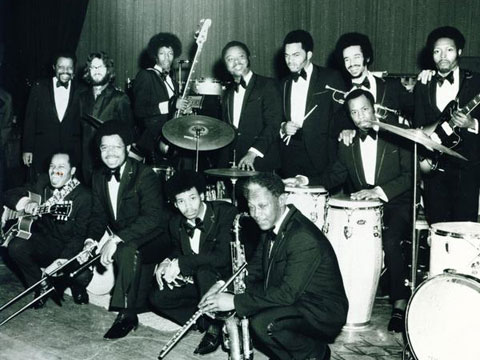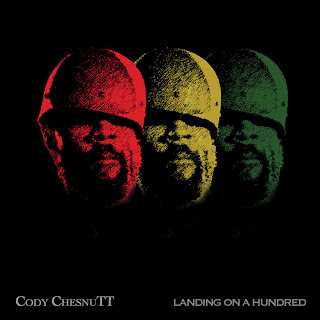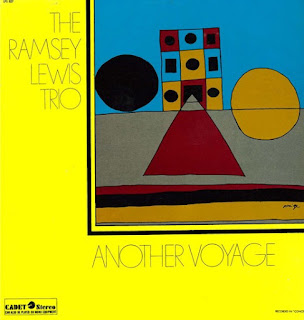2012 was a strange year. Tough times, and such is life, but also some remarkable peaks of creativity, happiness, love, togetherness. I am leaving 2012 behind feeling more optimistic than I've been in quite some time, excited about what the future holds for Dolly and I, our family, our friends, my comrades-in-song in the band No Hero, all the joy and beauty that surrounds us every day, even as the world roils wildly. I hope everyone out there is enjoying peace, love and happiness as we welcome 2013 into our hearts and minds, and meanwhile, here's my "Best Of 2012" list, part 1 of 2...the soundtrack for a complicated yet wonderful twelve months...
Maybe my favorite album this year. Hard to say for sure. Turned my head around in a big way...Bobby's voice is older and more weathered than it once was, but the rasping, life-lived-full vocals imbue a weight in the songs that a lesser singer could never fathom. The Richard Russell/Damon Albarn production is spare but funky, hushed but reverent, dark but seeking. This is a modern groove classic, people will be catching up to this one for a while yet to come.Much hyped, and so what do I really need to say about this one? It lived up. This could only very loosely be categorized as "hip-hop," as it was in record stores, for what it really is is something much more unique and unable to be categorized; there are strains of everything from Prince to Kanye to Morricone to the Delfonics to Aphex Twin on this album, and more. Frank is doing things differently, can't wait to see what he comes up with next.
The comparisons to J Dilla's "Donuts" are not exaggeration, they are completely accurate. This is an astonishing 34 tracks of experimental hip-hop, jazz, funk, rock, you name it. Hard to imagine how somebody would have the discipline to put this together; it's an exercise in patience even for the listener, however, the rewards upon repeated spins are infinite.
More solid, slightly avant-garde R&B from one of my favorite ATL singer-songwriters. Anthony David's voice is its own creature entirely; his croon has the kind of scratchy-but-brilliant tone in it reserved for the greats a la Otis Redding or David Ruffin, though his spin on R&B is thoroughly modern, with progressive political lyrics and a diverse range of influences.
Speaking of left-field R&B...another great record in that same vein from Detroit visionary Dwele. I remember when I first heard Dwele I was taken aback and even confused by the sound...it was like J Dilla had met up with Maxwell and D'Angelo outside the studio and they just decided to go make a record together. Except, in reality, it was one guy, plus he was playing trumpet and flugelhorn as well as singing atop these blurry-eyed smooth soul beats. This new album focuses less on the jazzier side of what he does and instead plays more like a tribute to the bounce of '80's R&B.
Waited a long time for this one. Ten years, to be exact, and it sounds nothing like his first record, 2002's "The Headphone Masterpiece." Well, almost nothing. ChesnuTT's warm, soulful vocals are still in place, but the music is bigger, played by a full band and sounding a bit like early '70's albums by Marvin Gaye and Stevie Wonder, with a few modern touches to give the songs a current grit and/or edge.




































